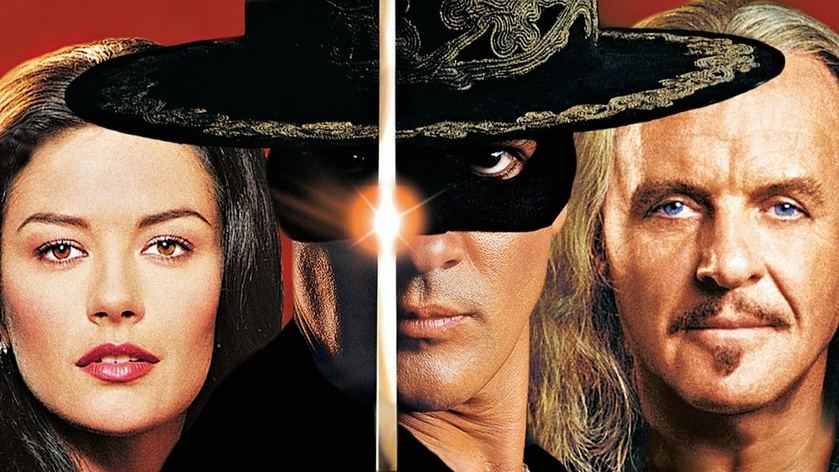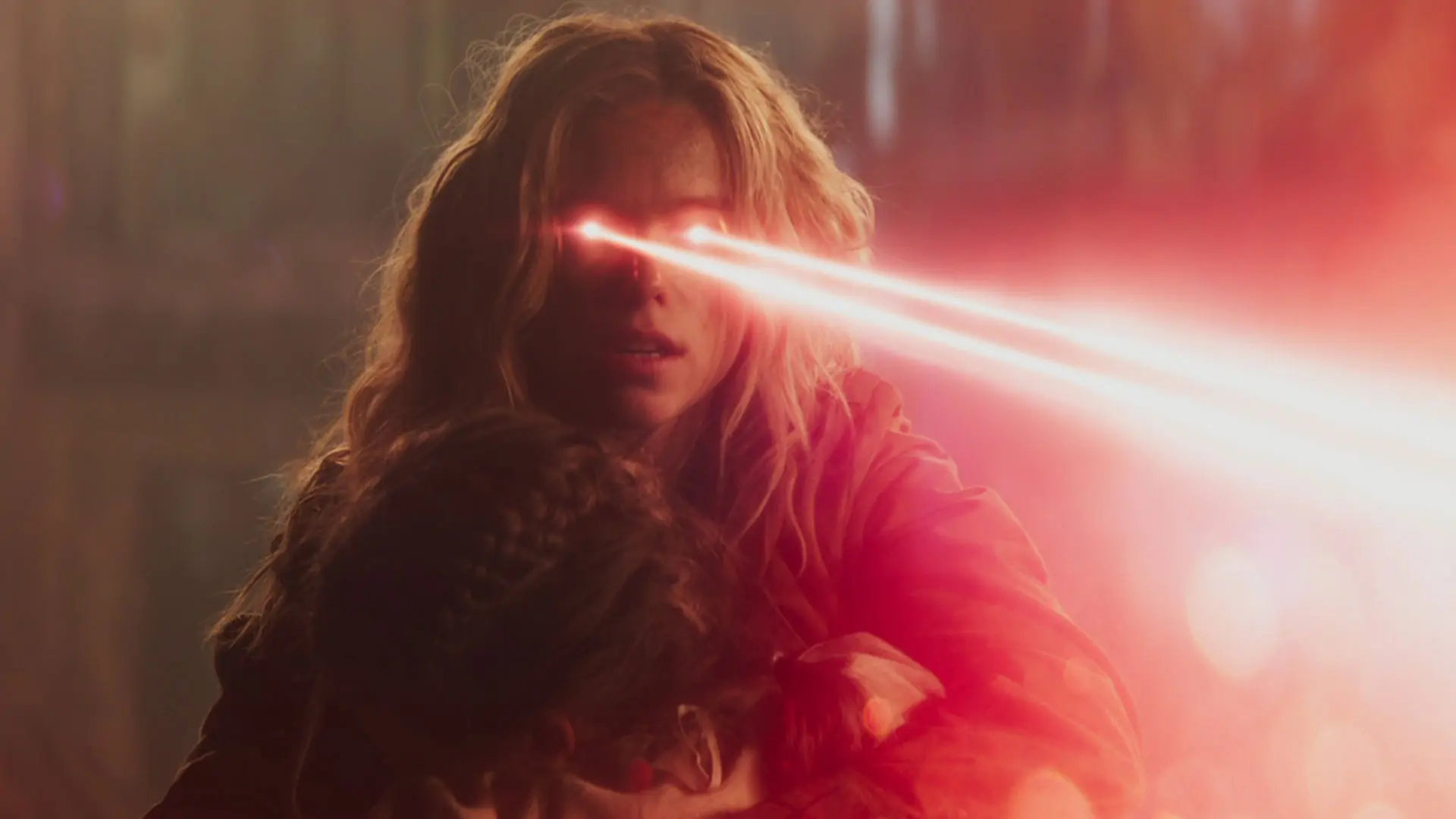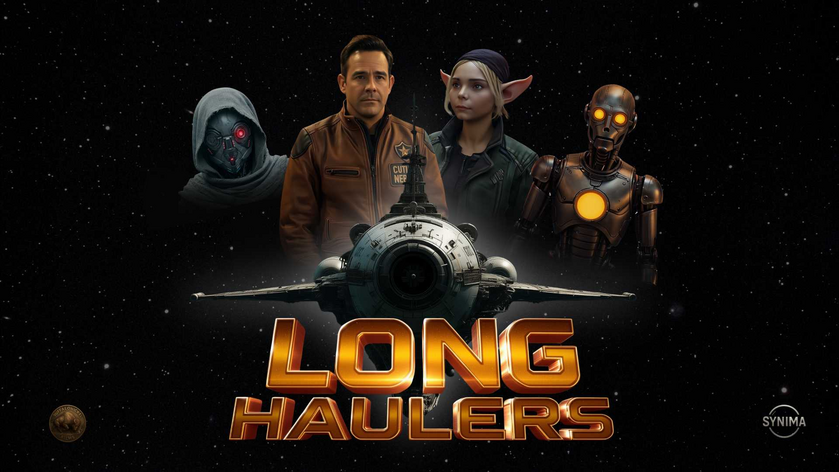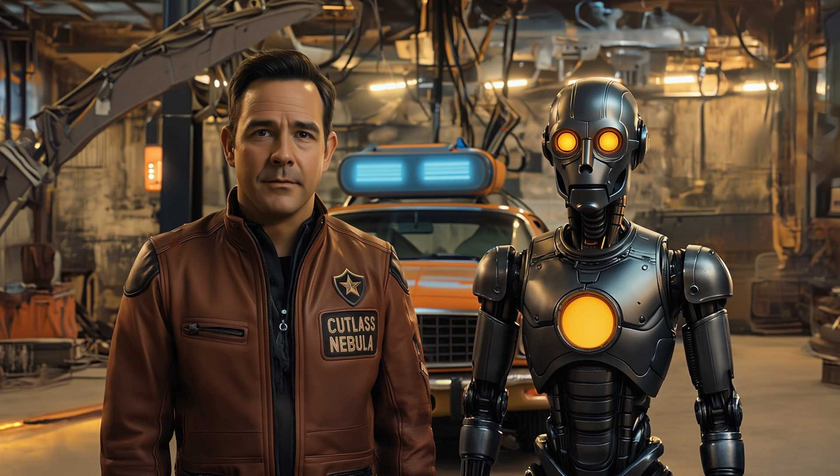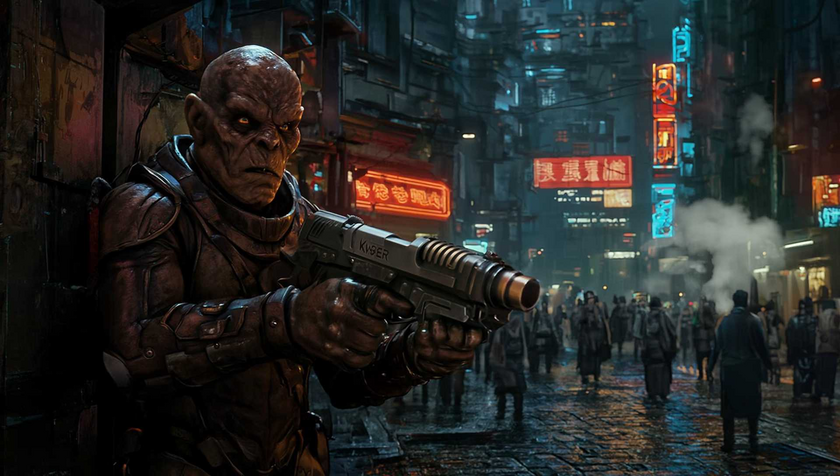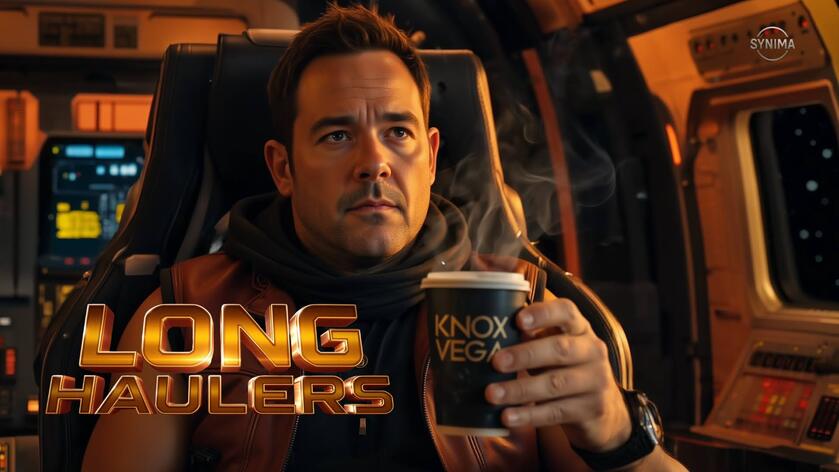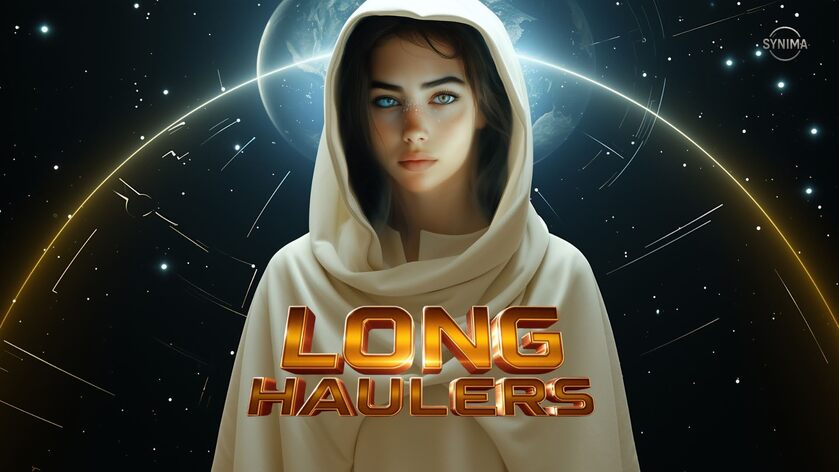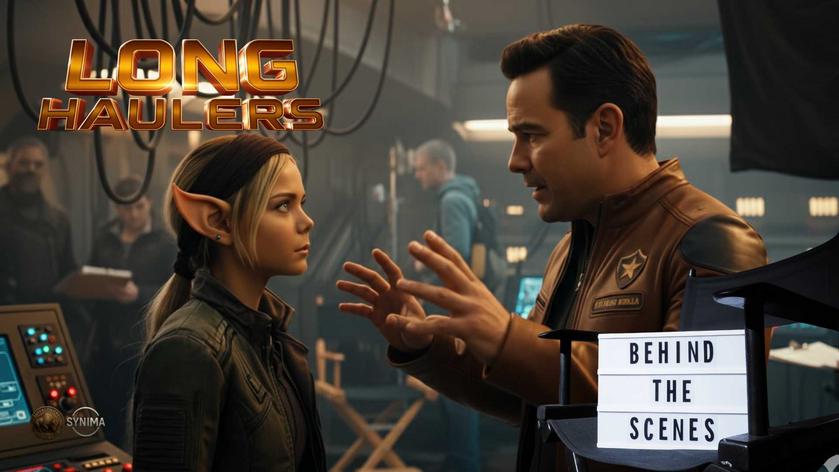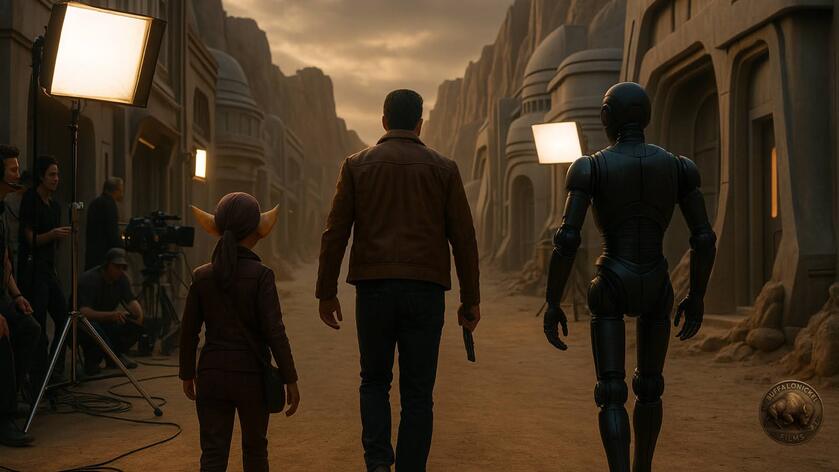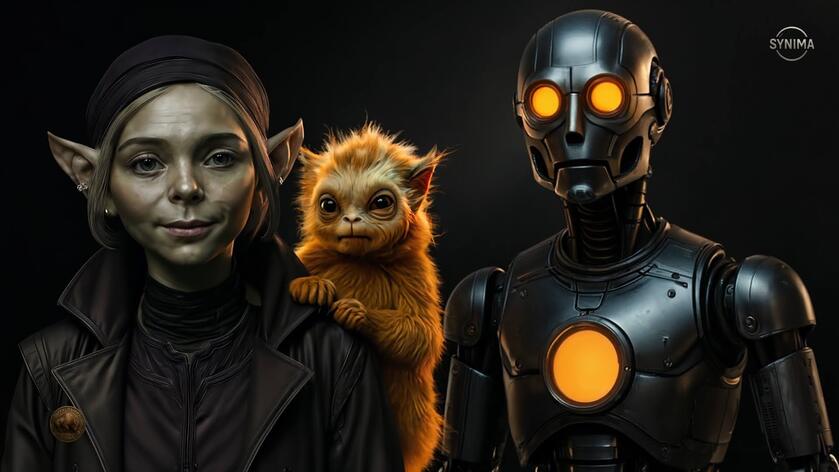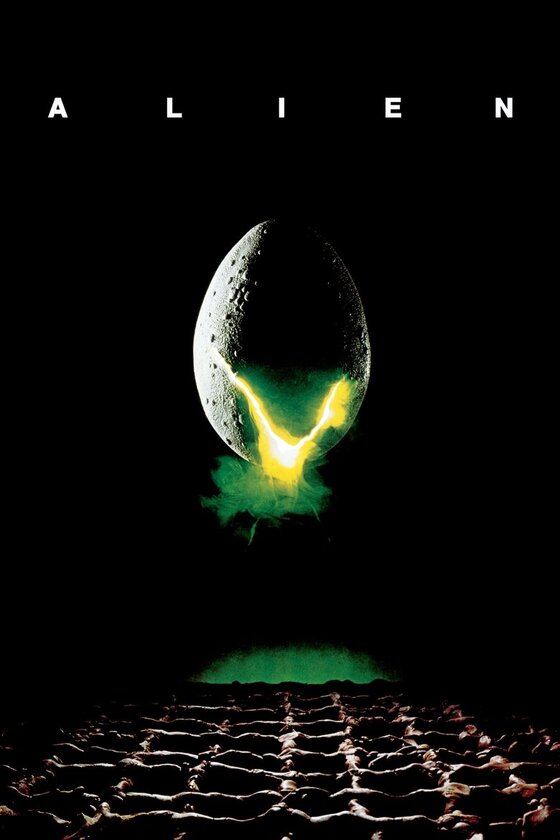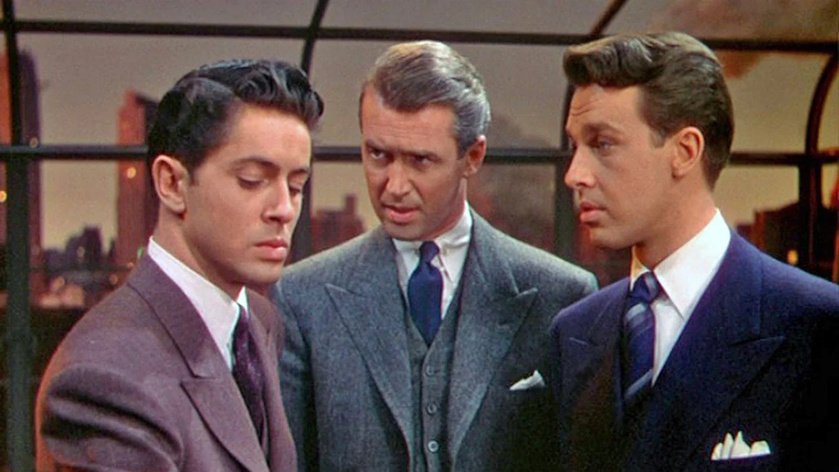Through an unfortunate series of events, I recently found myself up 5am, unable to go back to bed, and with some time to kill. Waiting is hard, and that’s all I was able to do. Fortunately, in these situations we have movies. And what better time to watch a familiar favorite than in the pre-dawn hours when you need to let your mind rest, even if your body can’t?
Enter: The Mask of Zorro from 1998
This is one of those movies I really want to get on 4k, because streaming (even without the buffering hiccups we had) can’t do those colors or sound design justice. Even so, it’s as entertaining a swashbuckler as was ever put to film. And while it’s cliche to keep saying this, The Mask of Zorro is a movie you just couldn’t make today.
I mean, look at the colorblind cast.
Sir Anthony Hopkins plays Don Diego de la Vega, the OG Zorro, and Catherine Zeta-Jones is his daughter, Elena. In case you didn’t know, neither of them is Latinx(™). On the other hand, it makes sense to have them as father and daughter, since they’re both Welsh. Our main baddie, Don Rafael Montero, is played by British born Stuart Wilson. But hey, at least Antonio Banderas is Spanish. None of that matters, though. Hopkins brings the gravitas, Zeta-Jones brings beauty tempered with vinegar, and Wilson can twirl a mustache with the best. And no one else at the time could have been a better Zorro than Banderas.
Let’s also note that Zorro was created by Johnston McCulley, from Illinois.
When people talk about The Mask of Zorro the phrase, “lightning in a bottle” is often used. Except for the fact that it may be a little too long (the TV edit arguably trims some of the fat), everything is working on all cylinders. The New Zealand born director Martin Campbell, who is often credited with reviving James Bond, brought the Zorro story charging through the close of the 20th century in thrilling style, while using elements from the early days of film.
Heck, there’s even a music and dance number.
The story itself goes back even further, drawing elements from The Count of Monte Cristo, published in 1844, and the tales of Robin Hood, which is considerably older than that. There’s nothing particularly original, subversive, or revolutionary in the plot, and that’s why we love it. We’ve got beautiful people, in exotic places, doing exciting things. There’s humor, danger, music, violence, a chase, and a little bit of sex. Good overcomes evil, order is restored to chaos, and everyone lives happily ever after.
Also, no preaching.
Even in 1998 there must have been a temptation to say something of a political nature. Now the movie stands in even sharper contrast for not getting into immigration or evil white American men tropes. Yes, the sole white man is an evil American. Yet we’re never led to believe that he’s meant to represent all white American men. He’s one man and he makes his own decisions, and suffers his own consequences.
There’s something we need to remember with this weekend’s release of Killers of the Flower Moon.
Stealing land, murder, and being generally evil are not sins unique to one country or nation. These are traits of humanity. It’s why the Ten Commandments are written for individuals, though if all of the people of a nation followed and enforced them the country would prosper. I’m not sure that we need movies to beat the drum that people are bad. I am sure that we need stories which inspire us, in entertaining ways, to be good. And stories that show the individual consequences of choosing the selfish path.
So on my TV screen, Zorro will ride again (and again, and again).
